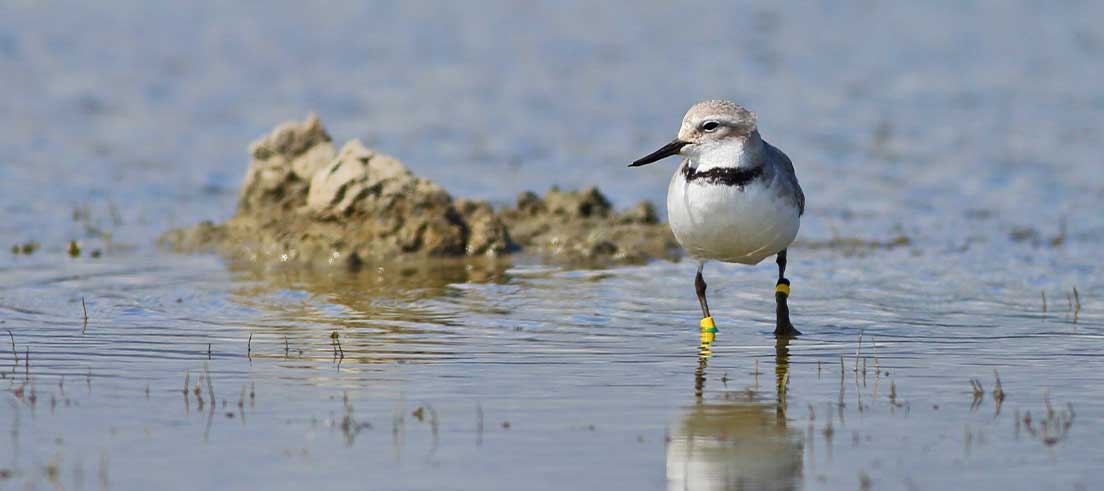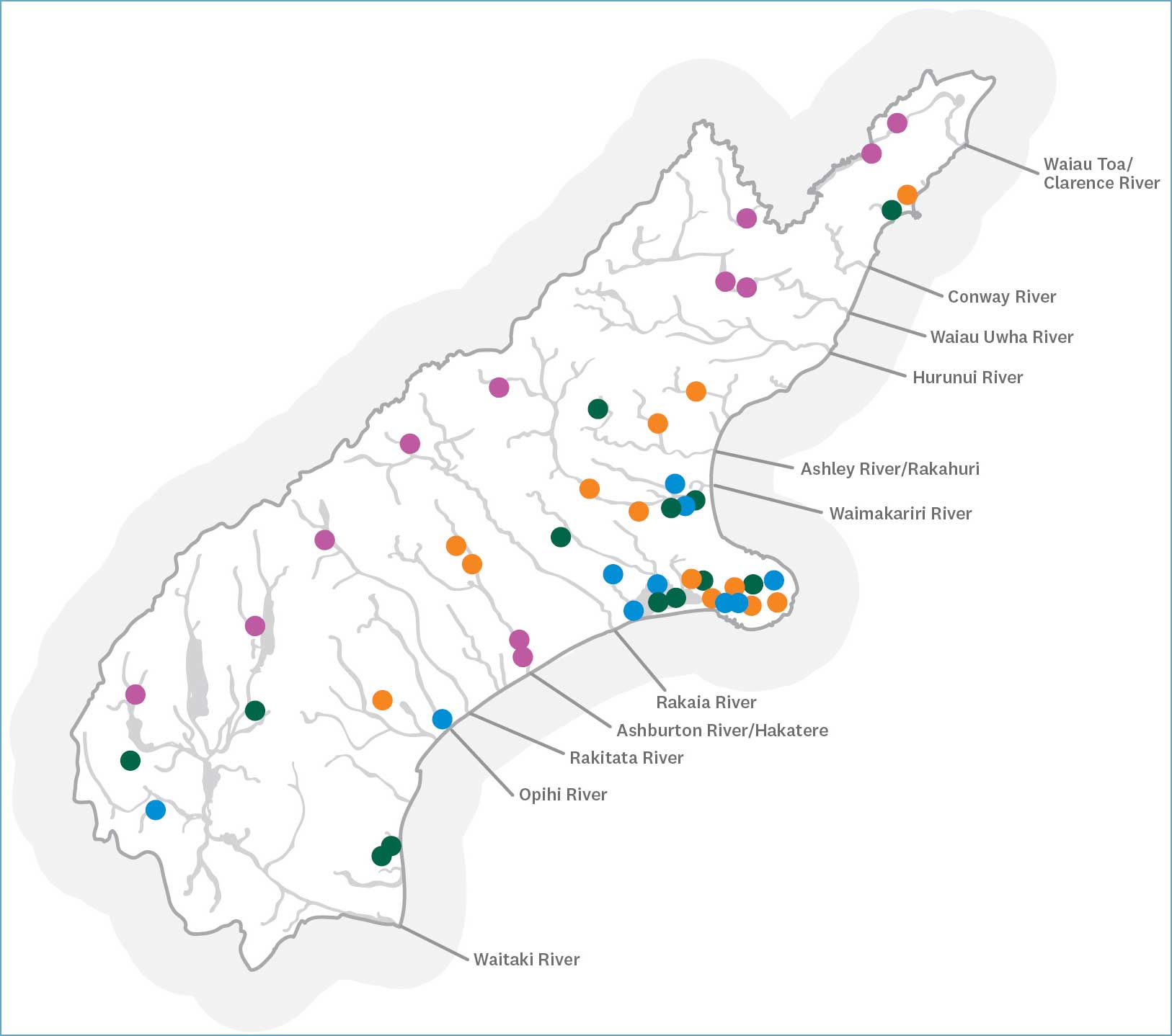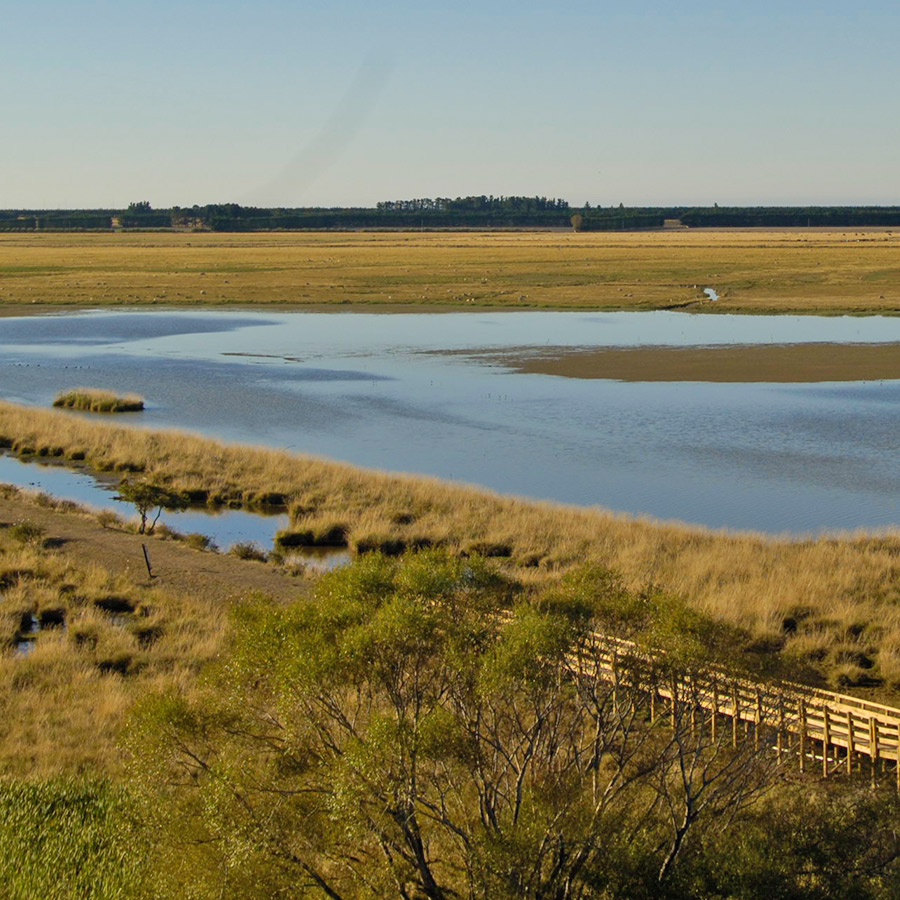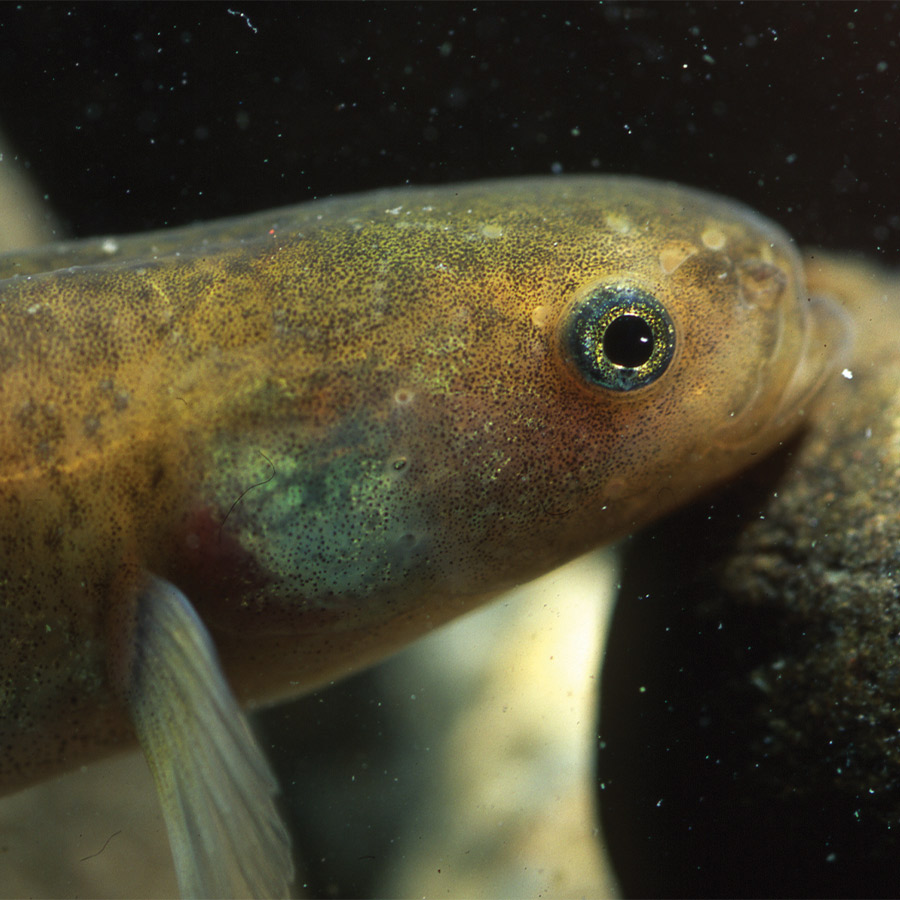
Biodiversity benefits from region-wide funding
Canterbury’s indigenous biodiversity is in for a boost, as funding is allocated for the 2024 financial year.
Project funding
The $1.67 million in support will benefit vital protection and restoration projects, covering a range of focus areas. These include braided river catchment-scale projects, wetlands, fish habitat and passage, habitat restoration and region-wide terrestrial projects.
The work aligns with the National Policy Statement for Indigenous Biodiversity (NPS-IB), which helps ensure a consistent approach to protecting the country’s indigenous biodiversity.
Additionally, over $600,000 has been allocated to the landscape regeneration programme – Me Uru Rākau, focusing on the Waiau Uwha and the upper Rakaia river catchments, and $600,000 continues to be allocated to the Pest Free Banks Peninsula initiative.
Staff will continue to monitor projects completed in previous years, as well as implement ongoing biodiversity projects funded from previous years.
Our regional leader biodiversity Shaun Burkett said investment in the priority ecosystems continues this year and beyond.
“Our biodiversity project work is focused on maintaining indigenous biodiversity across Waitaha/Canterbury in line with the expectations of the NPS-IB.
“We were not able to fund all of the work we wanted to do; however, the majority of our projects are multi-year partnerships, emphasising our long-term commitment to the community,” he said.
Regional priority projects
This workstream delivers landscape-scale, multi-year biodiversity projects on sites with high biodiversity values where threats can be addressed by non-regulatory action.
Sites have been identified across braided rivers, wetlands, and other freshwater ecosystems.
A total of $500,000 has been allocated to 11 projects across the region.
Projects funded include:
- Supporting catchment scale-weed control in the Ōtukaikino catchment, assisting key partner organisations.
- Supporting the protection of High Bare Peak on Banks Peninsula through fencing and covenanting.
- Implementation of the recently developed Upper Waimakariri River weed strategy.
- Protecting threatened braided river bird habitat in Hakatere/Ashburton River.
- Piloting a regional weed control programme, which will fund a team to do weed control work at high-value, high-priority biodiversity sites in the Mid-Canterbury area.
Braided rivers
Canterbury’s braided rivers and their precious environments are a top priority for our biodiversity funding, helping ensure the protection of some of our most unique and endangered species.
A total of $335,000 has been allocated to support these projects across the region and is matched by other contributions both financial, in-kind and volunteer.
Projects funded include:
- Clarence Waiau Toa: black-fronted tern predator control and enhanced safe nesting islands (phase two trial of linear trap lines); data analysis of phase one.
- Upper Rangitata and Rakaia rivers: weed control; camera monitoring for predators (to assess trapping effectiveness).
- Tracking karoro/southern black-backed gull movements to inform better management.
- Understanding food resource use in braided river systems.
Wetlands
It’s estimated that about 90 percent of the country’s wetlands have been lost over the past 200 years.
Canterbury’s wetlands are now some of our rarest and most at-risk ecosystems.
A total of $200,000 has been allocated to support projects.
Projects funded include:
- Ongoing weed control programme at Shipleys wetlands in Christchurch.
- Fencing of a high value wetland site at the head of the French Farm catchment.
- Willow control at Haldon Pastures wetland, an established kōwaro (Canterbury mudfish) habitat.
Fish habitat
New Zealand has over 50 species of native freshwater fish, many of which are threatened or at risk of extinction.
Some of the biggest threats facing our native freshwater fish are loss of habitat, degraded water quality, predation by exotic fish species, and barriers (such as road culverts and dams) preventing fish from moving up and down stream which many need to do during their lifecycles.
The funding pool of $100,000 enables funding for projects that contribute to the Canterbury Water Management Strategy (CWMS) and water zone committee goals.
Projects funded include:
- Maintaining spring head integrity for endangered pencil galaxias spawning through willow control and planting at the Chain Hills wetland in Upper Waitaki.
- Investigating reconnecting Wairewa to the ocean, allowing long-term recruitment and migration.
- Enhancing the habitat for a Dunsandel kōwaro/Canterbury mudfish population.
- Investigating remediation of two weirs in the Okuti River catchment.
- Investigating options to increase fish passage into Muriwai o Whata/Coopers Lagoon.
Canterbury Biodiversity Strategy
The guiding priority principle of the Canterbury Biodiversity Strategy (CBS) is 'focus first on protecting and maintaining what remains, and then on restoring what has been lost.'
The budget for this workstream is $230,000 which will enable 14 high biodiversity value projects.
Projects funded include:
- Protecting a limestone outcrop (a naturally uncommon ecosystem) by controlling wild thyme and other weed species that threaten nationally endangered plant species.
- Creation of a living gene bank for Olearia adenocarpa, a critically threated shrub with approximately 400 individuals remaining, all individuals found between Rakaia and Waimakariri rivers.
- Protecting Matuku/bittern at Te Waihora through predator control and monitoring.
- Following up control of the introduced weed Hart’s-tongue fern (Asplenium scolopendrium) at the only known location of the species in Canterbury, preventing its spread.



